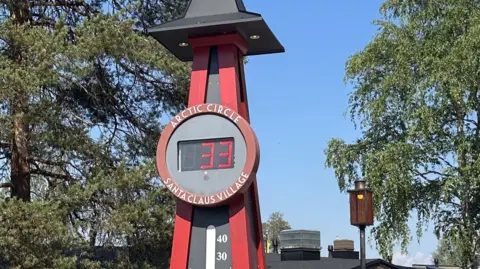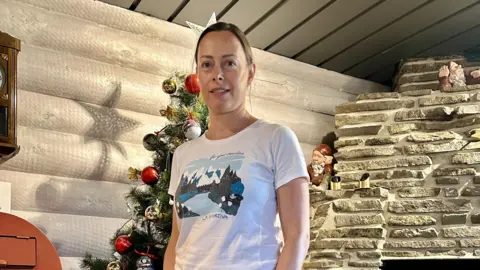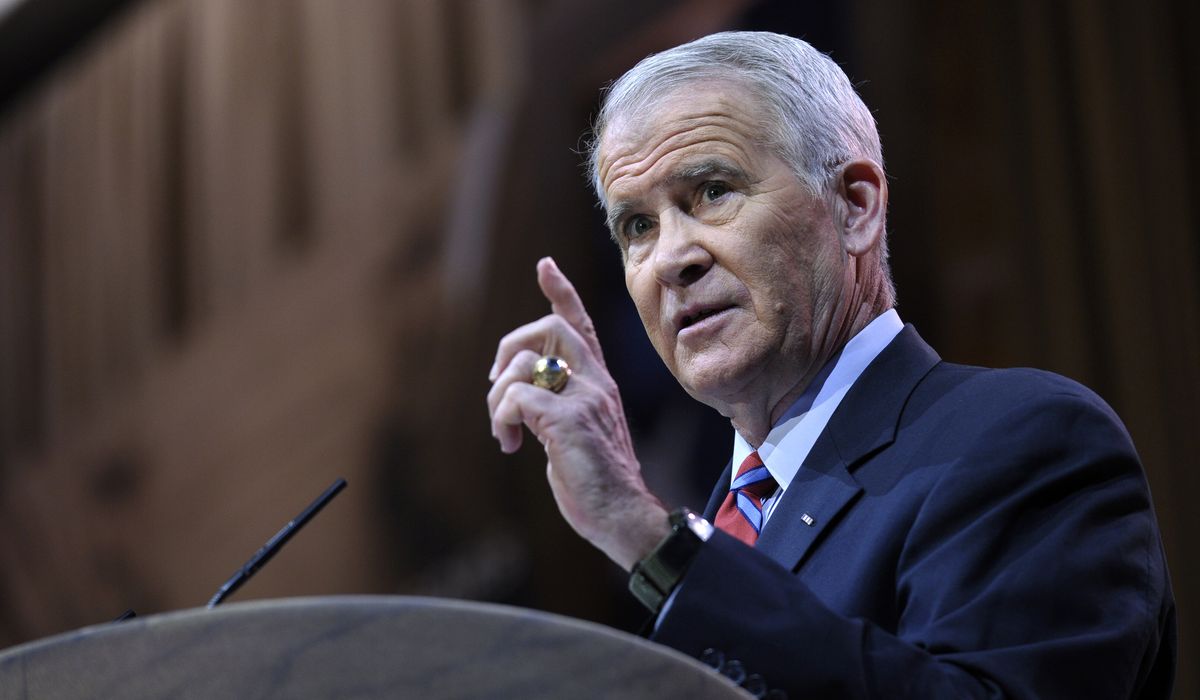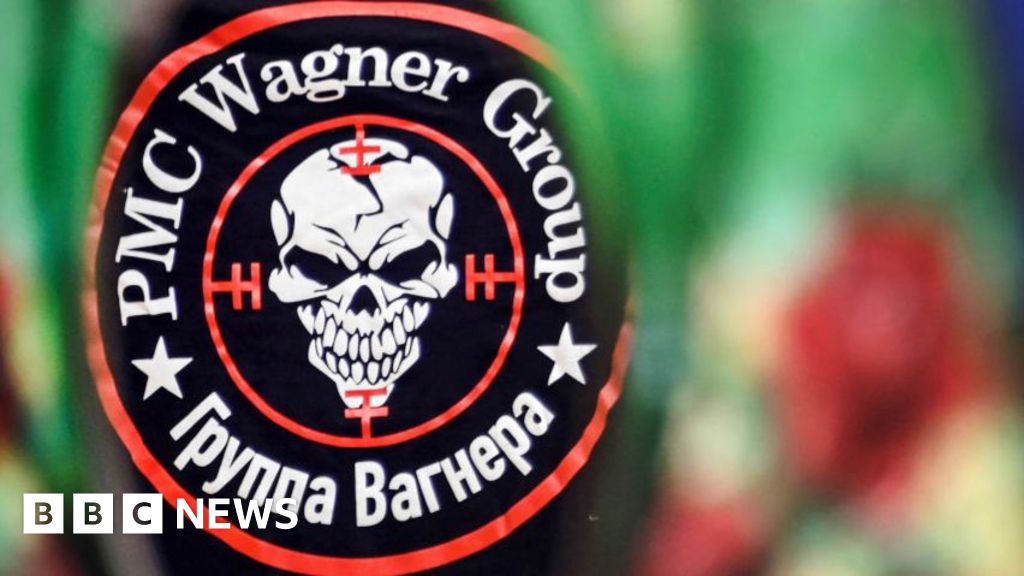ARTICLE AD BOX
Erika Benke
BBC News, Rovaniemi

 BBC/Erika Benke
BBC/Erika Benke
"Make sure the reindeer have plenty of water - and don't forget to drink a glass every hour too," Santa reminds a team of elves busy making presents for next Christmas as Lapland swelters in a record heatwave.
It's not every day that Father Christmas finds himself briefing his elves about the hazards of sunstroke, but this summer northern Finland has seen temperatures hover around 30C for days on end.
As for Santa, he will be staying indoors most of the day - his bright red costume trimmed with fur is very warm.
"I'm only going out for a swim in the lake in the forest after 18:00, when the weather has started to cool off," he says.
While Santa's workshop in the city of Rovaniemi is adapting with cheerful resilience, the unusually warm temperatures in the Arctic are a serious matter – and scientists are pointing at climate change as the culprit.
After an unusually cold and rainy spring and early summer, the whole of Finland – including the far north of Lapland, 500km (310 miles) above the Arctic Circle – suddenly became caught up in a continuous spell of hot weather.
By 25 July, the heatwave in Rovaniemi will have lasted 15 days.
In Finland a heatwave is defined as a period of at least three consecutive days where the daily maximum temperature exceeds 25C.
Finnish Meteorological Institute's meteorologist Jaakko Savela explains that in Lapland, where temperatures over 30C are extremely rare, heatwaves like the current one are exceptional.
"The last time Finnish Lapland had a similarly long heatwave was in 1972," Savela says. But even that only lasted 12 to 14 days, depending on the exact location.
"That record has now been broken."
It's not just Rovaniemi that's been gripped by scorching temperatures. Several other weather stations across Lapland have registered their longest ever heatwaves since records began.
The highest temperature of the heatwave, 31.7C, was measured at two locations, Ylitornio and Sodankylä, earlier this week. That's about 10C above the seasonal average for Lapland.

 BBC/Erika Benke
BBC/Erika Benke
The thermometer at the Santa Claus village in Lapland this week read 33C in the sun
The heatwave has prompted renewed concern about the accelerating pace of climate change in the Arctic, which is warming four to five times faster than the rest of the Earth.
Savela notes that this particular, long heatwave was not directly caused by climate change. However, he says, "Climate change has had an impact: without it, temperatures over the last two weeks would have been lower".
Prof Jeff Weller, University of the Arctic Research Chair at the University of Oulu, agrees.
Heatwaves and extreme weather events in summer and winter alike have become so frequent that they can only have been caused by fundamental changes to the climate system.
"All over the world, every day, climate change is manifested in extreme heat and extreme precipitation events," says Prof Weller. "The fingerprint of climate change is upon us."
Heatwaves are becoming more common due to human-caused climate change, according to the UN's Intergovernmental Panel on Climate Change.
Extreme hot weather will happen more often – and become even more intense – as the planet continues to warm, it has said.
The extreme heat is also affecting Lapland's famed reindeer.
Celebrated worldwide as Santa's sleigh-pullers at Christmas, reindeer here roam freely across forests and fells. But as they're hounded by mosquitoes – which thrive in hot weather – reindeer are now fleeing to roads and villages in search of relief.
"For reindeer the only option would be to go to higher, windier elevations but in Finnish Lapland the highest elevation is only about 1,000m (3,300 ft)," says Prof Weller.
He adds that because more extreme and longer heatwaves will occur more frequently in the Arctic in the future, "reindeer herders might end up having to build big barns to provide shade for their animals".
It's not just Santa and his reindeer who are struggling. Lapland is traditionally known as a cool tourist destination – but this year, visitors are puzzled.
"It's super-hot here – 30C is killing me. I came to escape the heat," says Silvia, a tourist from Prague visiting Santa's holiday village in Rovaniemi.
"I expected much colder weather and packed the wrong clothes. I only have one short-sleeve t-shirt with me – I've been wearing it every day."

 BBC/Erika Benke
BBC/Erika Benke
"I expected much colder weather and packed the wrong clothes," said Silvia from Prague
It doesn't help that days in Rovaniemi are currently 20 hours a day, so the sun is still shining until well after 23:00 – keeping temperatures up for longer.
Hunkering down in a shady patch in Santa Park is Adita from London, who expected to find temperatures under 20C here. "I can barely even step outside the shade, I feel like I'm on fire when I do," she says.
"Something similar is happening in the UK but I'm very surprised to see this at the Arctic Circle," she says. "Ice and snow is so integral to this amusement park and the whole of Lapland."
Elina, an elf working in Santa's post office, also worries about the future of Lapland's winters: "I'm wondering if heatwaves are now the new normal."
For Santa, there is the added problem of having to wear his heavy costume every day of the year.
At the moment he only goes outdoors in the evenings once the air starts cooling down, otherwise he risks getting heatstroke in just 10 minutes.
"Of course a hot summer can be very nice for some but I prefer cold and snow," he says. "Winter is better."

 1 month ago
79
1 month ago
79








 English (US) ·
English (US) ·